Enabling your mission
Interested in learning more about how our pointing systems can enable your spacecraft or mission instruments?
Connect with our product specialists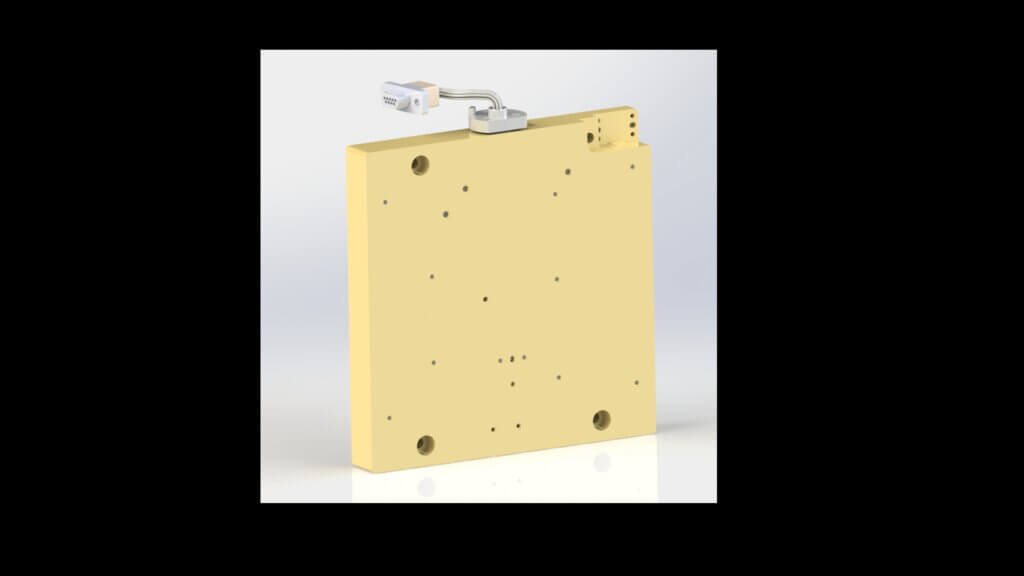
Originally designed for CubeSats, but adaptable for use on ESPA-class and larger spacecraft, MMA’s Solar Array Drive Assembly (SADA) moves your satellite’s solar array wings to track the Sun on orbit or during critical maneuvers. Combined with a sun sensor, it can accurately point your solar arrays toward the Sun to realize higher average orbital power and maximize peak power on MMA’s broad suite of deployable solar arrays.
Our next-generation gimbal offers a radiation tolerant and fully radiation hard SADA for extreme environments like those beyond low Earth orbit.
MMA SADAs feature +/-180 degrees of actuation, up to 16 signal/power feed-through conductors per wing, and actuation speeds up to 2.2 degrees per second (actuation speeds can be changed as needed for your mission requirements).
MMA designs, fabricates, assembles and tests two variations currently completely in-house — 6.5mm thick and a 9mm gimbal that supports higher powered arrays — which can accommodate various spacecraft form factors. Multiple SADAs can also be combined on a spacecraft and can be controlled in parallel.
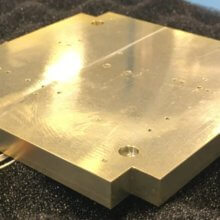
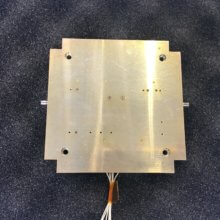

These gimbals are only available on MMA Solar Arrays.
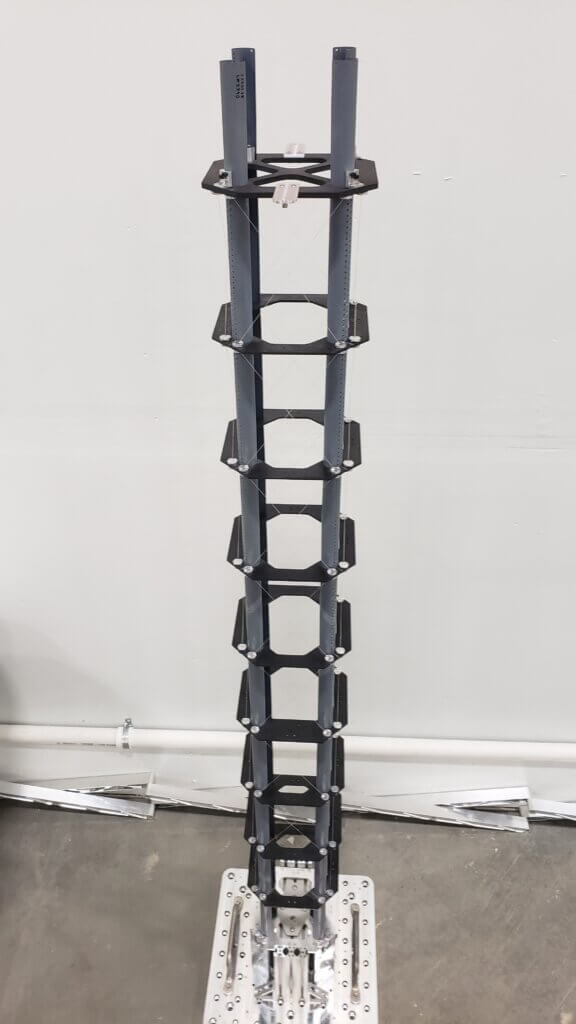
The deployable truss boom is a bolt-on system with integral launch restraint and controlled deployment capability. Powered by our unique Tape Deployer Assembly (pictured below), it features expansion ratios up to 100:1 and stow volumes down to a 1U form factor. Because this boom is a periodic trussed structure, custom-length booms can be realized by simply adding or removing bays. The scalable system can be used individually or as a building block to enable mission-critical systems such as antennas, solar arrays, tip-mounted instruments, and areal membranes.
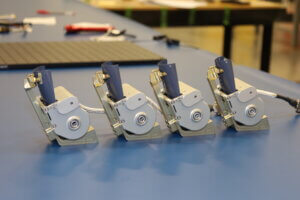
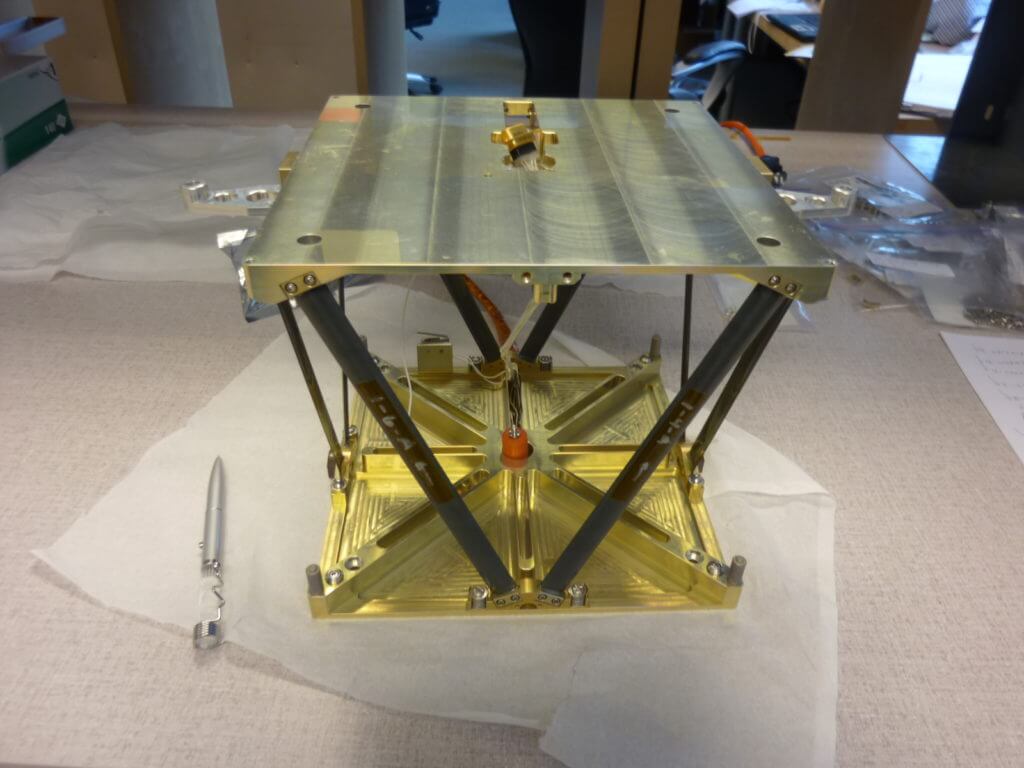
The Stand-Off Mechanism (SOM) is a deployable structure with space flight heritage. It provides payload clearance for applications where a fixed bracket is not feasible. The SOM uses a Frangibolt assembly for release and deploys to a height of approximately 8 inches using energy stored in folded tape springs. The typical payload is MMA’s dragNET De-Orbit Module; however, the SOM can be scaled for use with other payloads.
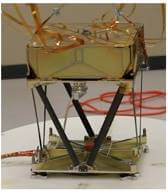
SOM shown supporting the dragNET De-orbit System.
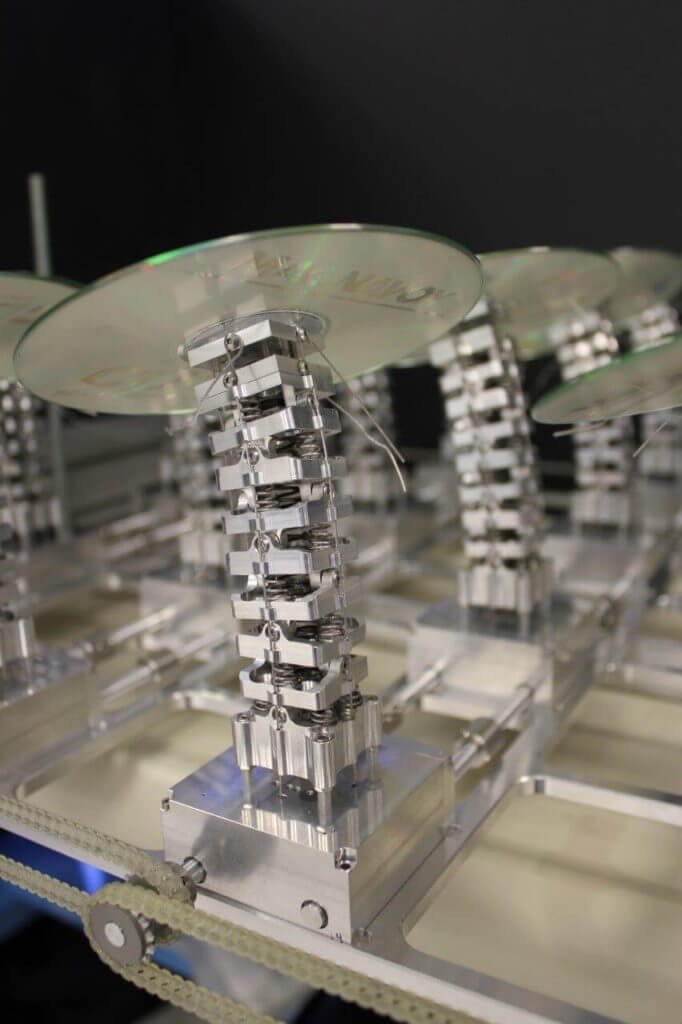
The Spine Antenna Pointing Mechanism, or “Spine APM”, uses a stack of pivoting vertebrae elements forming a spine. The cross-section has a hole in the center, similar to the spinal cord in the backbone, where a flexible RF coaxial cable or wave guide is routed. The curvature of the spine assembly is shallow and repeatable, thus minimizing the blend radius of the RF coaxial cable or wave guide. This approach eliminates complex rotary joins and their associated RF losses, and multiple units can be ganged together to form an antenna array.
Interested in learning more about how our pointing systems can enable your spacecraft or mission instruments?
Connect with our product specialists